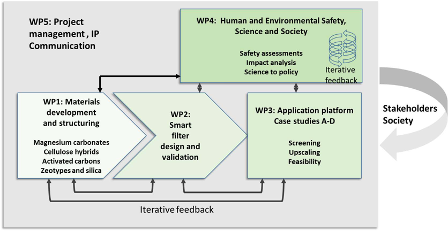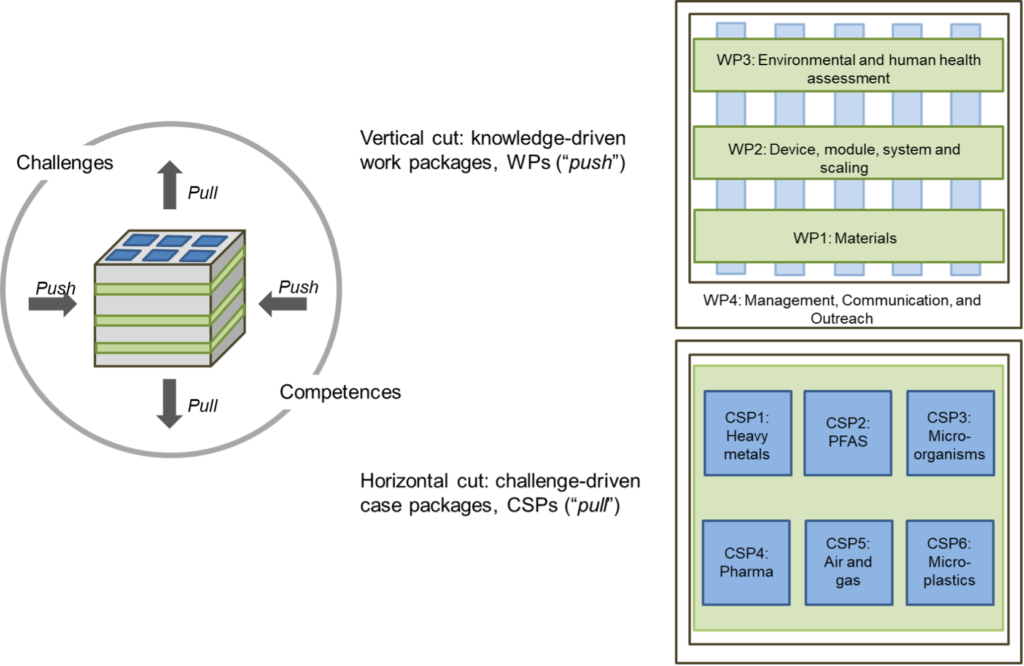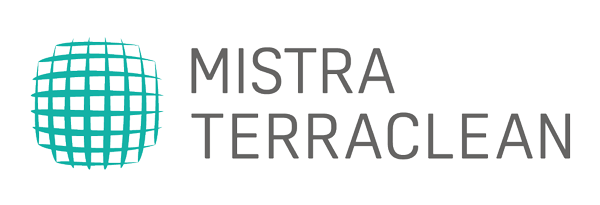Our work
Mistra TerraClean integrates strong research and innovation environments in the Stockholm-Uppsala region to a national hub capable to provide expertise required to set necessary momentum and advance smart materials science beyond the current state-of-the-art. Urgent and timely problems in Sweden are addressed but at the same time the program will drive solutions to filtering problems on a global scale.
Filter technology and smart sensors
The set of developed filters will be extensively tested within the Mistra TerraClean program under both laboratory and field conditions using smart online sensors and offline analytical techniques. Their performance in removing chemical constituents from air and water will be evaluated and their expected longevity in industrial applications will be estimated.
However, materials alone do not make a product. The Mistra TerraClean program will furthermore aim to integrate the smart materials in a platform for cleantech air and water solutions based on smart, safe and sustainable technologies, which in turn will be a crucial step towards increased resource-efficiency and a circular economy.

Unique and interdisciplinary collaboration is the key
By a close setting between academia, research institutes and industry, Sweden will increase its competitive advantage through access to and IP ownership of advanced technology. In a unique and interdisciplinary collaboration between Swedish world-class scientific groups and industrial partners, we will systematically develop functionalities of smart materials and create an arena for smart materials solutions, thus translating the expertise into economic value – jobs, exports and competitiveness.
The Mistra TerraClean program will contribute not only to the technological field but also to the development of integrated, circular system solutions, the support of new business models for co-utilization and re-use, as well as to innovative design.
Programme structure
Phase I started from low TRL levels which influenced the case portfolio. A gap of supplied and required TRLs levels was identified. We also saw a risk in that common strategies (technologies and analyses platforms) are not obvious and that promising developments are not projected to all potential user cases if locked-in a pre-identified, suitable application. Aside from common tools, we identified synergy effects between the activities addressing different air and water contaminants. The above is addressed and bridged with a new working structure, with elaborated case packages (Figure 1). Hence, we assure progression of things that went well and change where there is room for improvement.
Advantages with the proposed structure:
- Mitigating the risk of silos – mediating “cross-talk”.
- Push-pull approach, low TRL can mature to higher TRL.
- Several cases with different maturity. Cases within cases.
- Allow larger span of TRLs. Not everything needs to be high TRL, some activities starting from fundamental level should go on in parallel.
- One task at a high TRL level can guide way for other tasks of lower readiness.

There is an immense need for new technologies and efficient solutions for clean air and water and we cannot possibly address them all. We have chosen six areas of prime concern where our smart material hub for environmental solutions can add value, and where Mistra TerraClean expertise could meet the needs. These areas are denoted CSPs and include several activities on different TRL levels, where materials and devices are evaluated and developed in collaboration with stakeholders for specific contaminants. Selection criteria for the CSP topics were: value to users, the advantage of smartness, energy and resource consumption, TRL and generality.
